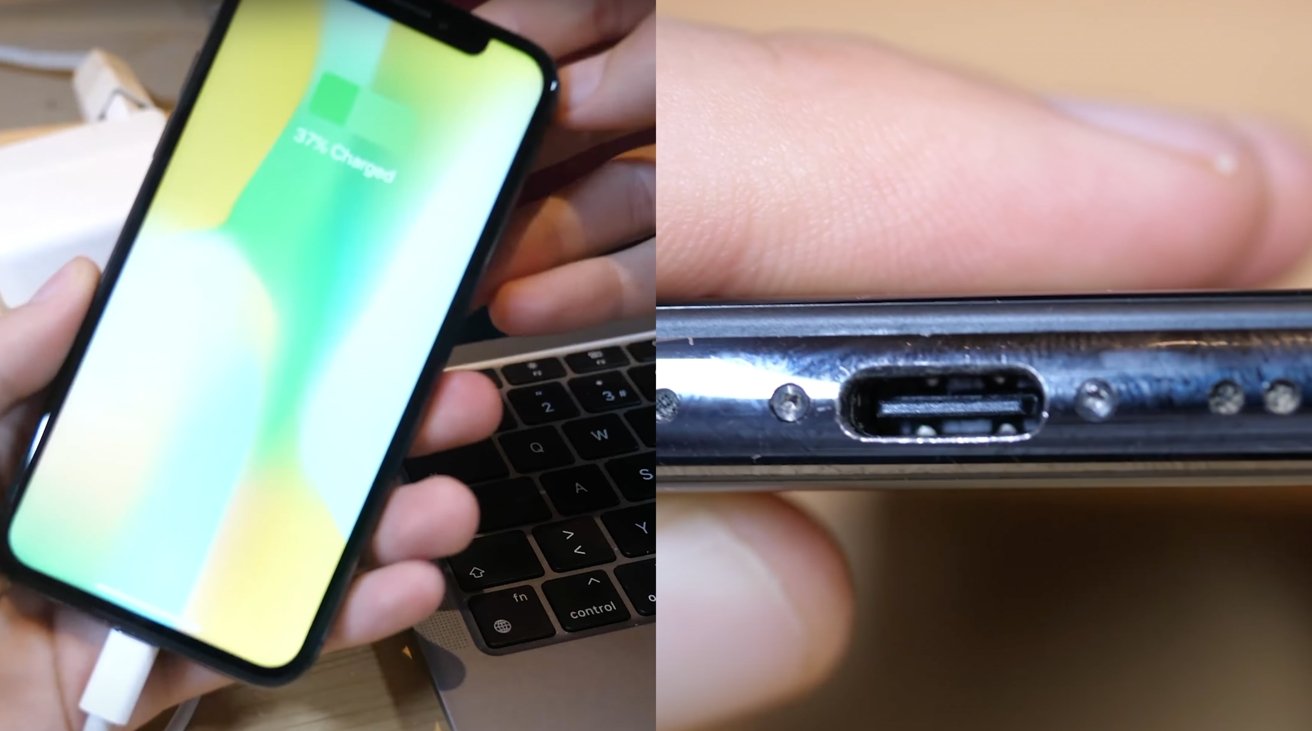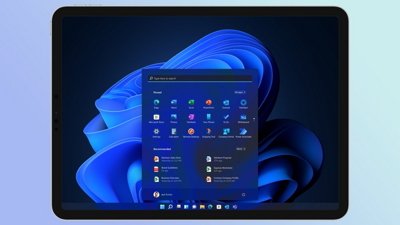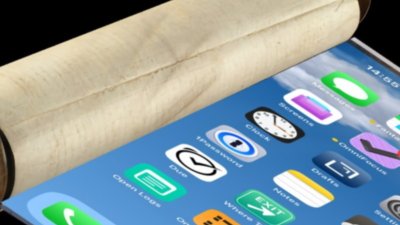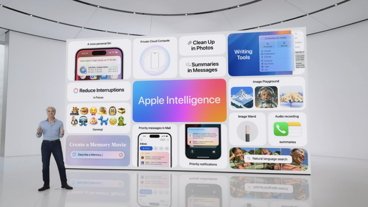An iPhone has been modified to use a USB-C connection instead of Lightning, in a project that hints at what to expect from the often-rumored port changeover.
Apple has slowly been migrating its products over to USB-C connectivity, with the iPad mini the latest to make the transition. While the iPhone has yet to make the jump, a YouTube video shows one enterprising owner is already using USB-C with his smartphone.
In a YouTube Short titled "World's First USB-C iPhone," Ken Pillonel claims to have installed the component into the iPhone X, replacing Lightning in the process. In the video, the iPhone is said to receive power via the connection, as well as being able to handle data transfers over a USB-C cable.
In the description of the video, Pillonel says he reverse-engineered Apple's C94 connector, in order to make a PCB with a female USB-C port. After the schematics were set in place, it then became a challenge to shrink it down and install it into an iPhone.
Pillonel has spent a few months on his creation, with a blog post from May showing the thinking behind the replacement, and the challenges of replacing the Lightning port itself. A video at that time showed a DIY prototype that worked and laid out the work ahead to make it small enough to work within an iPhone enclosure.
A late September update advised he had designed and ordered a flexible PCB, a key component in enabling the port switch to occur. He adds a future video is in production, explaining how the board was made and squeezed into the iPhone itself.
While the project offers hope to those keen for Apple to leave Lighting behind, it is not an undertaking that regular iPhone owners can expect to perform for themselves. Pillonel has a background in electronics and has studied for a Master's degree in robotics at the Swiss Federal Institute of Technology, EPFL, meaning he has the skills and knowledge to pull of the feat.
According to Apple's Repair Terms and Conditions, unauthorized modifications could deem an iPhone to be considered as "Out-of-Warranty" when in need of repair, if they prevent Apple from addressing the reported issue with the device. Such additions could incur additional costs, or prevent Apple from performing a repair at all.
The European Commission proposed legislation in September that would designate USB-C as the standard charging port for all mobile devices. If enacted, Apple would have two years to add the connection to the iPhone.
 Malcolm Owen
Malcolm Owen







-m.jpg)






 Andrew Orr
Andrew Orr

 William Gallagher
William Gallagher

 Wesley Hilliard
Wesley Hilliard






-m.jpg)




31 Comments
Well, we knew it was always possible to replace the lightning port with a USB C port, it was simply a matter of whether apple wanted to replace it.
Lightning works fine for iPhones but it’s becoming isolated as a connector. The USB C is more widespread and apple itself is using it on many other devices, not to mention the EU mandate. The main problem will be a lot of people will need USB A - USB C cables because the prevalence of USB A outlets/receptacles still dwarfs USB C.
Agreed, Apple could do it. They just don't want to. Like I have said before, I think it is related to keeping the phone waterproof.
I believe we will see the deletion of the lightning port not a replacement. Apple's is waiting until enough owners start using wireless charging so the uproar will be less. Not helping is the impact of COVID, which resulted in some vehicle manufactures having to drop wireless charging for the time being.
They probably took a similar approach to dropping the headphone jack and charger.
A few more release and they'll drop the box too and our phones will come wrapped only in recycled paper.